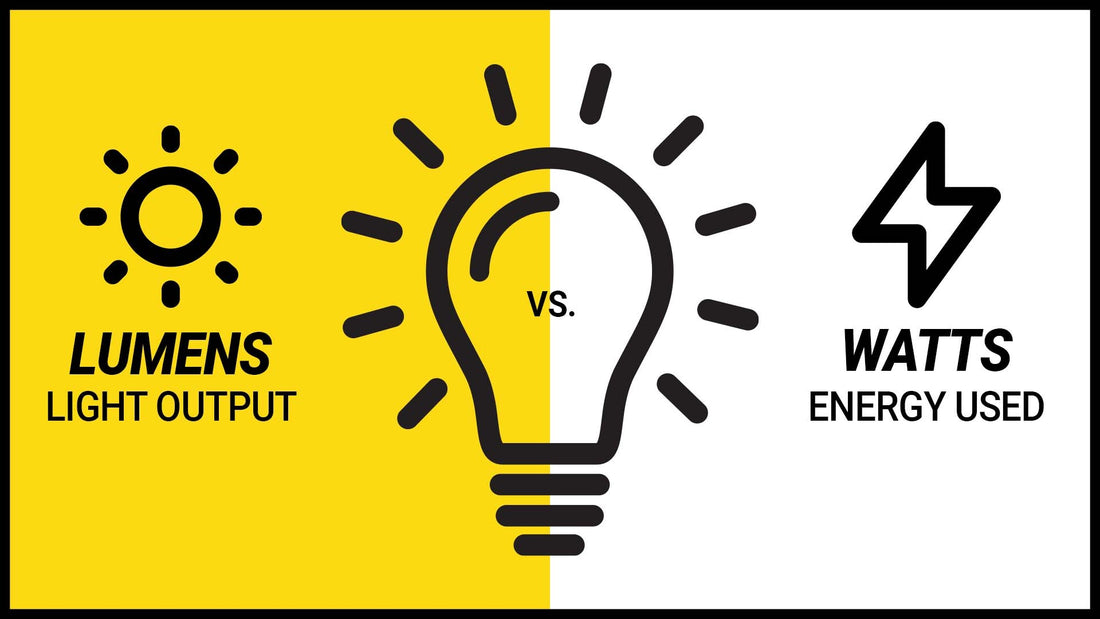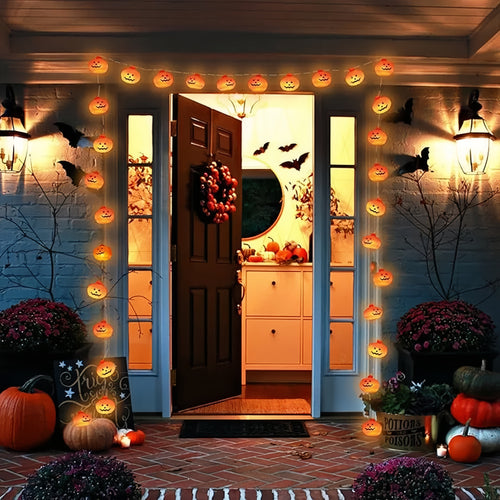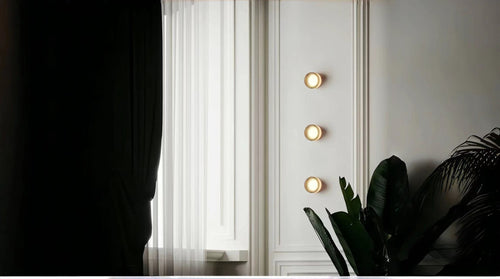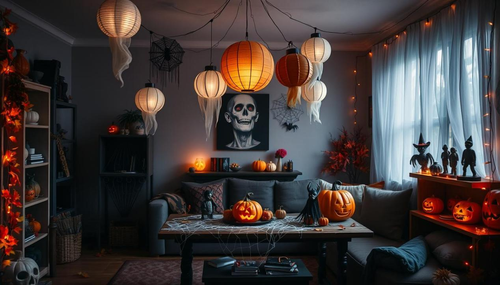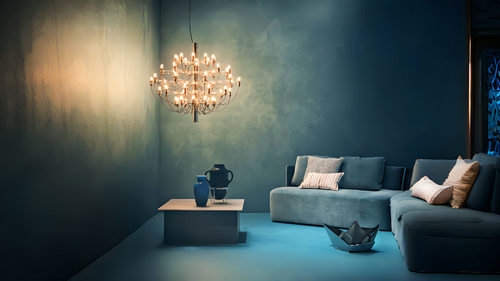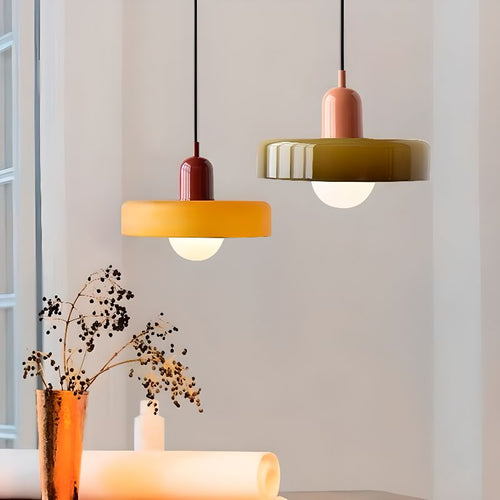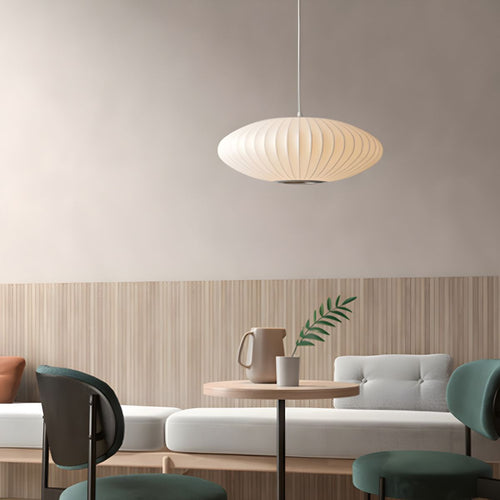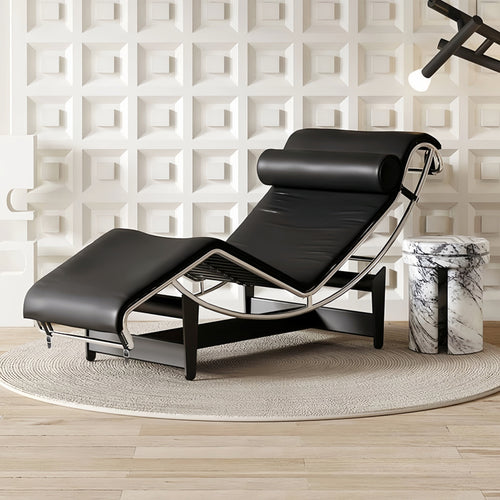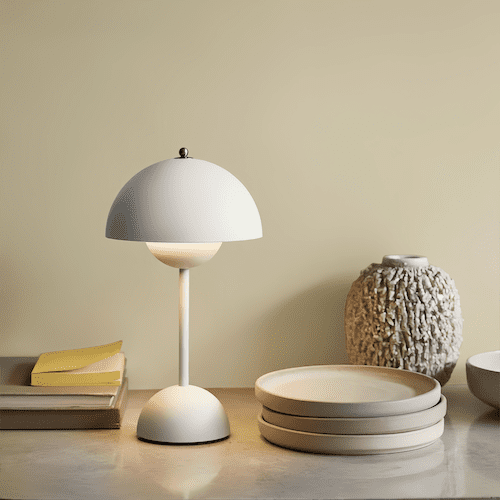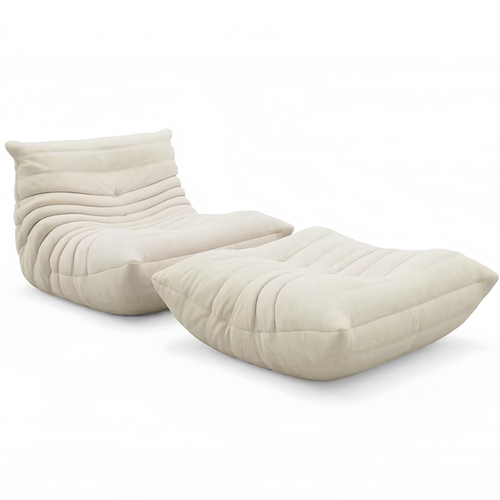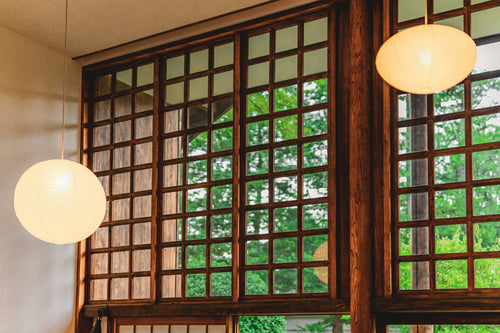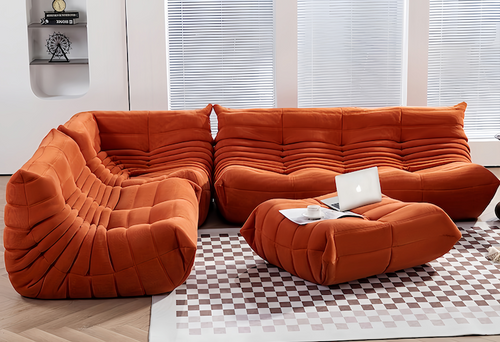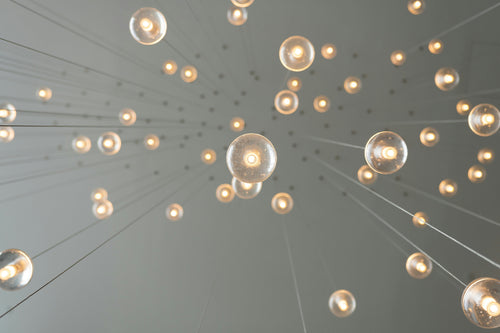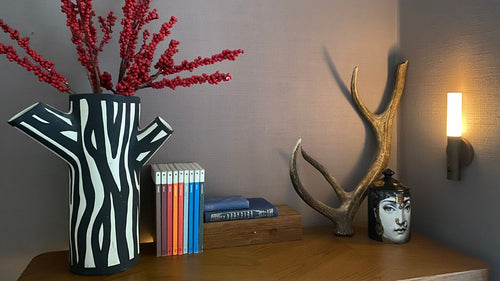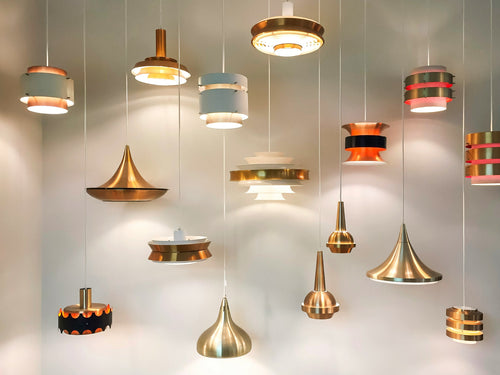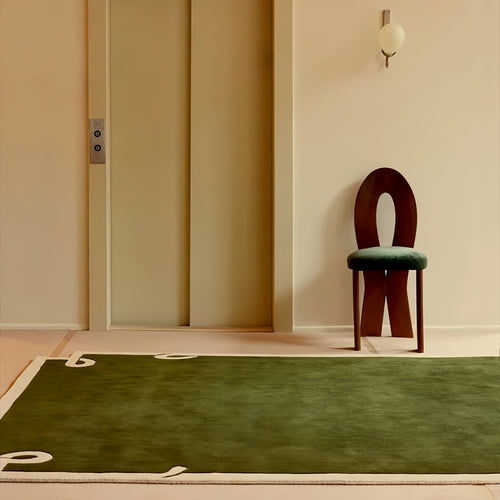Lumens are a measurement of the power of visible light from a light source. They differ from luminous flux, which considers the total power of all electromagnetic waves, whereas lumens are based on the power of only those visible to the human eye.
Understanding lumens can help you compare the brightness of LED bulbs. Look for a Lighting Facts Label on your bulb to see its brightness and estimated yearly cost.

It’s a measurement of light
Lumens are a standard measurement that quantifies how bright something is. They’re also a great way to compare different types of lights. For example, if you’re looking for an LED light for your home office, it’s important to know how much brightness (in lumens) it produces so that you can find the right one. This is especially important since the new LED lights are more energy efficient than their incandescent counterparts.
In other words, they’re more affordable to operate. The lower the wattage, the less electricity a light bulb uses, and that results in savings on your electric bill. Plus, less wattage means fewer carbon emissions, which is good for the environment.
One candela times a steradian is the technical definition of a lumen. Basically, it’s the brightness of a single candle in a given direction. This is a very simple way to think about the world, but it’s often enough for most people.
There are two other important measurements to keep in mind when shopping for lighting: lux and wattage. Lux is a measurement of the amount of light that’s illuminating an area, and it takes into account how the light is distributed. For example, a bulb with higher lumens may have a wider beam angle than one with fewer lumens. The wider the beam angle, the more area it illuminates.
Wattage, on the other hand, is a measure of how much electrical current is flowing through a circuit. The higher the wattage, the more electricity the bulb uses. It’s not a great measure of light quality because it doesn’t take into account how much light the bulb actually emits.
Lumens are a more accurate and precise measure of light than wattage because they account for the direction of the luminous flux. That’s why lumens are commonly used to describe the brightness of light bulbs. There are, however, some discrepancies between the emitter and torch lumen measurements because a light bulb’s reflector and lens can reduce its total luminous flux by obstructing or altering it in some way. For this reason, you’ll often see a light bulb’s wattage listed separately from its emitter lumen on the packaging.
It’s a unit of measurement
The lumen is the unit of measurement for the amount of light emitted from a light source. It is defined as the amount of light streaming outward through one steradian (a unit of solid angle, part of the volume of space illuminated by the source) from a point source with an intensity of one candela per square meter or one foot-candle. The lumen is used to determine how much light is needed for a specific task or room.

The more lumens a light bulb puts out, the brighter it is. A lot of people are accustomed to shopping for light bulbs by looking at the wattage and thinking that the higher the wattage, the more brightness. However, this is not true. Wattage is actually a measure of the power consumption and heat generated by the light bulb.
Lumens can be divided into two more detailed measurements: emitter lumens and torch lumens. The emitter lumen is the light output from the original light source, such as the incandescent filament or LED module. This is measured without any obstructing elements or changing the light’s colour. The torch lumen, on the other hand, is the light output after the light’s reflector, lens, and housing have been used to shape and focus it. This includes how much of the light the light source reflects and absorbs.
When it comes to buying lights for commercial or residential spaces, it is important to know how many lumens each bulb is rated for. This will help you decide which type of light is right for your space and provide you with the best lighting for your needs. It is also a good idea to consider the estimated yearly cost of each bulb. You can do this by figuring out how much you will be using it each day and multiplying that number by the number of weeks in a year to get an estimate of how much it will cost over its lifespan.
When it comes to choosing the right light bulbs, you need to know a lot about lumens. The difference between wattage and lumens is important, as the former indicates how much power a light bulb uses and the latter indicates how bright it is. Wattage is still used when describing the brightness of some types of lighting, but the emergence of LED lights has changed how the industry measures the brightness of a light bulb.
The Luminous Flux, or LFL, of an LED light is the measure of how bright a lamp will be. It’s a very important statistic when shopping for LED lights because it allows you to compare the brightness of different bulbs from the same manufacturer. The higher the LFL, the brighter the bulb. LEDs also have a lower operating temperature and are more energy efficient than incandescent or CFL lights. This makes them an excellent choice for both residential and commercial applications.
In addition to LFL, you should also look at the colour temperature and design of your LED bulb. Different colours and styles can affect the mood of a room. For example, a warm white bulb will create a cosy atmosphere, while a cool white bulb will give off a more modern feel. It’s also important to check the wattage of your LED bulb, as the higher the wattage, the brighter it will be.
A common misconception is that lumens and wattage are the same thing, but they’re not. Watts indicate how much energy the light consumes, while lumens measure how bright the light is. You can find the lumen rating on the information panel of a light bulb. Wattage is a good reference point when buying LED lights, but it’s important to pay attention to lumen ratings as well.
It’s a metric
Whether you’re shopping for a new light bulb or looking to improve the lighting in your workspace, you should pay close attention to its lumen rating. While watts and lumens both describe the amount of energy a light source consumes, the difference is that lumens are weighted for human perception while watts are not. This is why it’s important to use the correct metric when measuring brightness, or you could be buying a lamp that is either too bright or too dim for your needs.
A lumen is a unit of measurement for the total amount of luminous flux that a light source emits in a specific direction. It is also the SI-derived unit of luminous intensity, defined as one candela per square steradian. It is sometimes abbreviated as lm, although the candela (cd) is the base SI unit for luminosity.
While many people think that the higher the lumens number, the better a lamp is, this is not always true. The brightness of a lamp is dependent on the beam angle as well as its colour temperature and spectrum. For example, a red light will emit more lumens than a blue one. This is because red light has a longer wavelength, which means that it can produce more visible light than blue light.
How Many Lumens Do You Need?
When it comes to lighting a space, how many lumens (brightness) do you need? That’s a question that’s important to know before you start shopping.
Lumens are a measurement of the light output of a source, whether it’s LED, fluorescent, halogen, or incandescent. They are also often referred to as "brightness" or “light output.”

If you want to find the lumens of a particular fixture, the best way is to look at the bulb's spec sheet and search for the lumen-per-watt ratio. The higher the lumen-per-watt ratio, the more efficient the bulb. You can also use this method to determine how many lumens you need for a room by multiplying the square footage of the room by its foot-candle requirement.
A good reference point is a standard 100-watt incandescent bulb, which produces about 1,500–1,700 lumens.
Then, when it’s time to shop, you will have a better idea of how bright or dim a light fixture should be. This will help to avoid over- or under-lighting your space and ensure that you’re getting the most bang for your buck.
Keep in mind that not all paint colours are equally reflective and may require more or less lumens than others. Additionally, the type of furniture in a room can also impact how much light it requires. For instance, a sofa with dark upholstery may require more lumens than a sectional with light fabric. For these reasons, it’s always a good idea to test out the light level of a fixture before making a purchase.
How bright is 1,000 lumens?
A 1000-lumen light source is bright enough for most tasks, and the brightness can improve productivity and reduce eye strain. LED lights with this brightness level are ideal for reading or working at a desk, and they help to create a more comfortable environment for sensitive eyes. The brightness of a light source is measured in lumens, which are the total number of light packets (or quanta if you want to get technical!) that it emits over a period of time.

The number of lumens is usually quoted in terms of the standard unit, a candle’s brightness, but it can also be specified as lux, a measurement of illuminance that accounts for the size of the area being lit. For example, a light with a rating of 1000 lumens produces the same illuminance as a single candle in a room measuring one square metre.
Other important specifications that vary between lights include colour temperature and luminous efficacy (a ratio of the light produced to the power consumed). For example, a high CRI is important for accurate colour perception, particularly in electronics work such as fine soldering or PCB inspection, as this helps to prevent visual fatigue.
Choosing a lighting solution requires consideration of both watts and lumens, and our helpful lumens to watts comparison table simplifies the correlation between these two measurements for easy reference.


